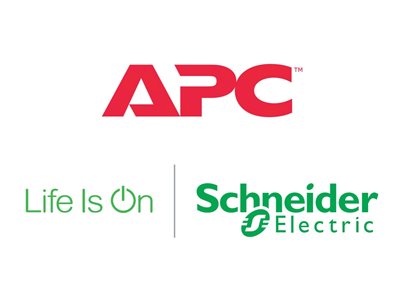3 Factors To Consider When Picking a New Microphone
Whether you are launching a singing career or purchasing new equipment for your school orchestra, you will need to purchase a microphone.
A microphone not only allows you to project sound in a live setting, but it also allows you to record sound so it can be played back at a later time.
There are three main factors that you should consider when purchasing a new microphone.
Each of these factors has a significant effect on how the microphone works and the best situations to use it in.
1. Mechanism
When you look for a microphone you will notice that they are categorized according to many different features. One of these features is the mechanism that they use to operate.
There are two mechanisms that microphones can use to operate, dynamic and condenser.
Dynamic Microphones
Dynamic microphones were the first microphones to be invented. They operate using a metal coil that is suspended between two magnets.
When sound waves hit the coil it vibrates, colliding with the magnets. This creates a replication of the original sound wave which is then projected out via a speaker.
Due to their design, dynamic microphones are not overly sensitive to surrounding noise. This makes them ideal for live performances. They are also less delicate which means that you don’t have to worry as much about breaking them.
The downside to dynamic microphones is that since they are not as sensitive, they are unable to detect small changes in the sound waves and record them as accurately. For this reason, dynamic microphones are usually reserved for live performances and kept out of the recording studio.
Condenser Microphones
Condenser microphones have a more complicated mechanism. They operate using an internal diaphragm that has electricity running through it.
When a soundwave hits the diaphragm it causes a vibration that then creates a small electrical current. This electrical current is what is recorded as the sound wave.
These microphones are more delicate and also require a constant flow of electricity to work since their mechanism does not really on moving parts. Instead, it relies on an electrical current. This can make them difficult to work within a live performance environment or in areas where you do not have constant access to electricity.
However, this delicacy allows them to be more sensitive and record smaller details in the sound waves. This makes condenser microphones the more popular choice for recording studios where you want to be able to record every single detail.
2. Polar Pattern
The second feature that you should consider is the type of polar pattern that the microphone uses. There are two types of polar patterns you’ll find on the market today, unidirectional and omnidirectional.
Unidirectional Microphones
Unidirectional microphones are more popular nowadays and this is because they can record and process sound from one direction only.
This makes them a great choice for singers or speakers who only want to record the sound that they’re making, not the sounds happening around them.
They are also popular in orchestra settings when the conductor wants to make sure that each microphone is only picking up the sound from one instrument. This helps to prevent the sounds from muddling together.
The downside to unidirectional microphones is that they are more sensitive to proximity and need to be used correctly to avoid distorting the sound.
Omnidirectional Microphones
Omnidirectional microphones were the first type of microphone to be invented and are still used to this day. These microphones can record sound from all directions.
These microphones are a great option when you don’t want to worry about recording a moving target or when you want to record the acoustics of an area. They are also virtually immune to issues caused by proximity.
3. Sensitivity
The last factor you should consider before purchasing a microphone is its sensitivity.
Some microphones are specifically designed to record at low decibels while others are designed to record at high decibels. If you are planning on recording loud drums or metal music, it is important to pick a microphone that is equipped to handle high-decibel sound.
The same goes if you are planning on recording very quiet sound, make sure you pick a microphone that is sensitive enough to pick that sound up.
Key Takeaways
When you are picking a microphone, it is important to select one that is designed for the work that you’re going to be doing. To know what work it is designed for there are three factors you should look at, the mechanism, polar pattern, and sensitivity of the microphone.
These factors will tell you what situations the microphone will operate best in that way you know which microphone is best for you.







